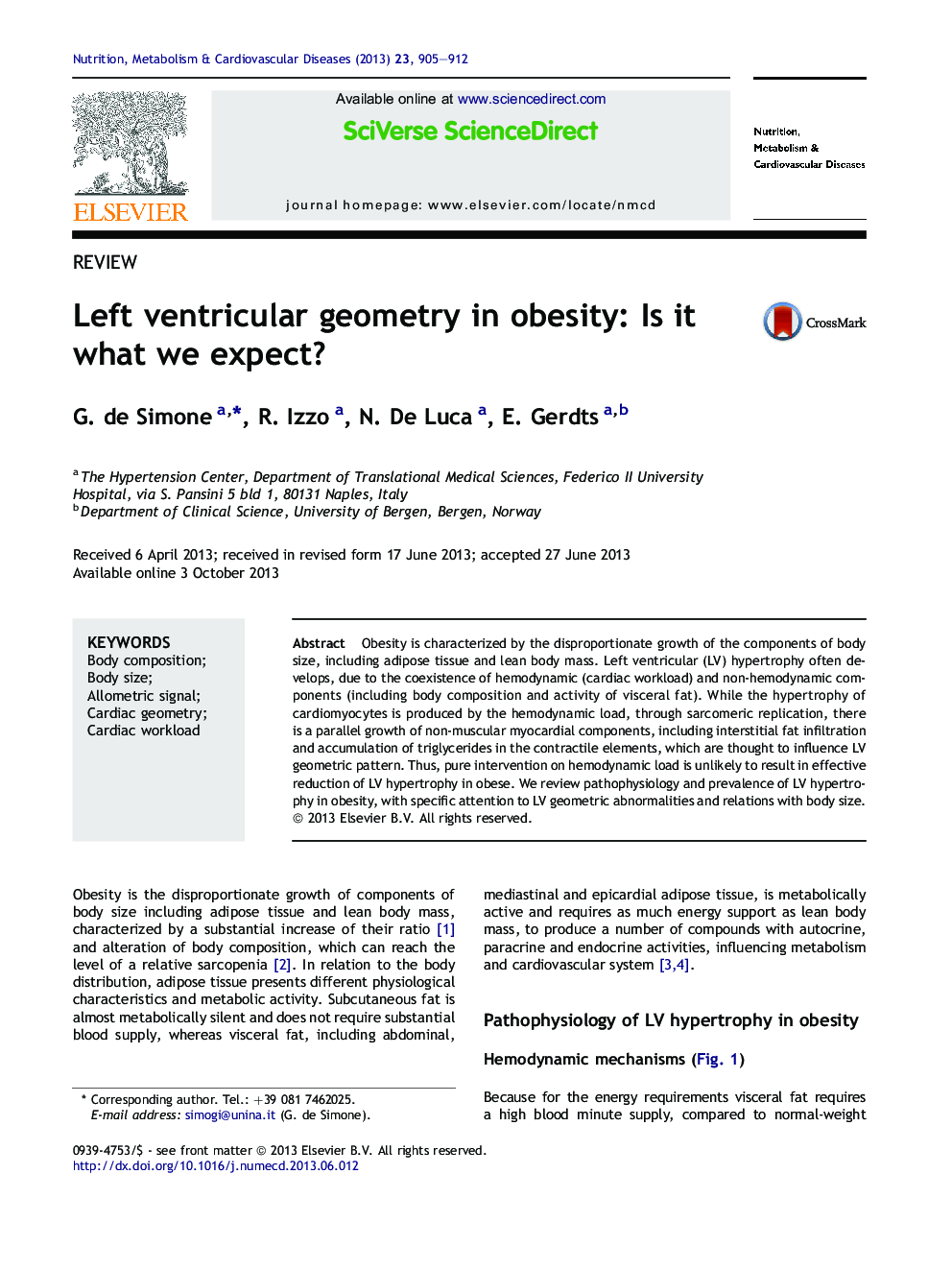| Article ID | Journal | Published Year | Pages | File Type |
|---|---|---|---|---|
| 3002251 | Nutrition, Metabolism and Cardiovascular Diseases | 2013 | 8 Pages |
Obesity is characterized by the disproportionate growth of the components of body size, including adipose tissue and lean body mass. Left ventricular (LV) hypertrophy often develops, due to the coexistence of hemodynamic (cardiac workload) and non-hemodynamic components (including body composition and activity of visceral fat). While the hypertrophy of cardiomyocytes is produced by the hemodynamic load, through sarcomeric replication, there is a parallel growth of non-muscular myocardial components, including interstitial fat infiltration and accumulation of triglycerides in the contractile elements, which are thought to influence LV geometric pattern. Thus, pure intervention on hemodynamic load is unlikely to result in effective reduction of LV hypertrophy in obese. We review pathophysiology and prevalence of LV hypertrophy in obesity, with specific attention to LV geometric abnormalities and relations with body size.
